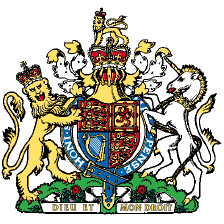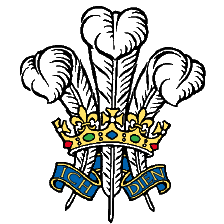 Pruning large and mature trees requires a lot of thought! A severe prune in winter will take off all the flower buds for the next spring which in turn dismisses all chance of enjoying the rewards of fruit in the autumn. It can also trigger a strong reaction of new season growth which then produces loads of flower and fruit two seasons down the line. The tree can then get in the swing of this cycle and develop a condition called biennial bearing, i.e. fruiting every other year.
Pruning large and mature trees requires a lot of thought! A severe prune in winter will take off all the flower buds for the next spring which in turn dismisses all chance of enjoying the rewards of fruit in the autumn. It can also trigger a strong reaction of new season growth which then produces loads of flower and fruit two seasons down the line. The tree can then get in the swing of this cycle and develop a condition called biennial bearing, i.e. fruiting every other year.
To get full sized fruit every year you can try the following. Flower, and so fruit, is borne on the previous season’s growth so when pruning you can reduce this by half for the tree to concentrate on less, but higher quality, fruit during the spring and summer. Fruit development is also enhanced by increasing the levels of  sunlight in the canopy. A dense headed crowded crown will shade out fruit development so when pruning keep this in mind and let the light in through the middle.
sunlight in the canopy. A dense headed crowded crown will shade out fruit development so when pruning keep this in mind and let the light in through the middle.
For a tree to generate fruit it must be well fed. A general purpose feed in the spring just before bud burst can build the trees nutrient levels at a critical time to enhance fruit size and taste.
 But this is not an exact science! An ill-timed spring frost can wipe out all best laid plans and wipe out fruiting potential for the year and force the tree into a biennial bearing cycle of nature’s doing! Also, on the odd occasion when nature allows you to do the perfect job, birds, insects and rodents can play their part to ruin your crop. In a garden environment where the tree is also grown for its ascetic beauty, pruning is a last resort when you are unhappy with shape or you have to tame a supersized tree that is growing beyond its space allowance. He firm rule is to prune deciduous trees when they are dormant and leafless in the winter and evergreen trees in March / April, just before they start to wake up for the spring.
But this is not an exact science! An ill-timed spring frost can wipe out all best laid plans and wipe out fruiting potential for the year and force the tree into a biennial bearing cycle of nature’s doing! Also, on the odd occasion when nature allows you to do the perfect job, birds, insects and rodents can play their part to ruin your crop. In a garden environment where the tree is also grown for its ascetic beauty, pruning is a last resort when you are unhappy with shape or you have to tame a supersized tree that is growing beyond its space allowance. He firm rule is to prune deciduous trees when they are dormant and leafless in the winter and evergreen trees in March / April, just before they start to wake up for the spring.
Posted by Mike Glover
View all Barcham trees
Bulk discount when you buy any mix of 10 trees or more


